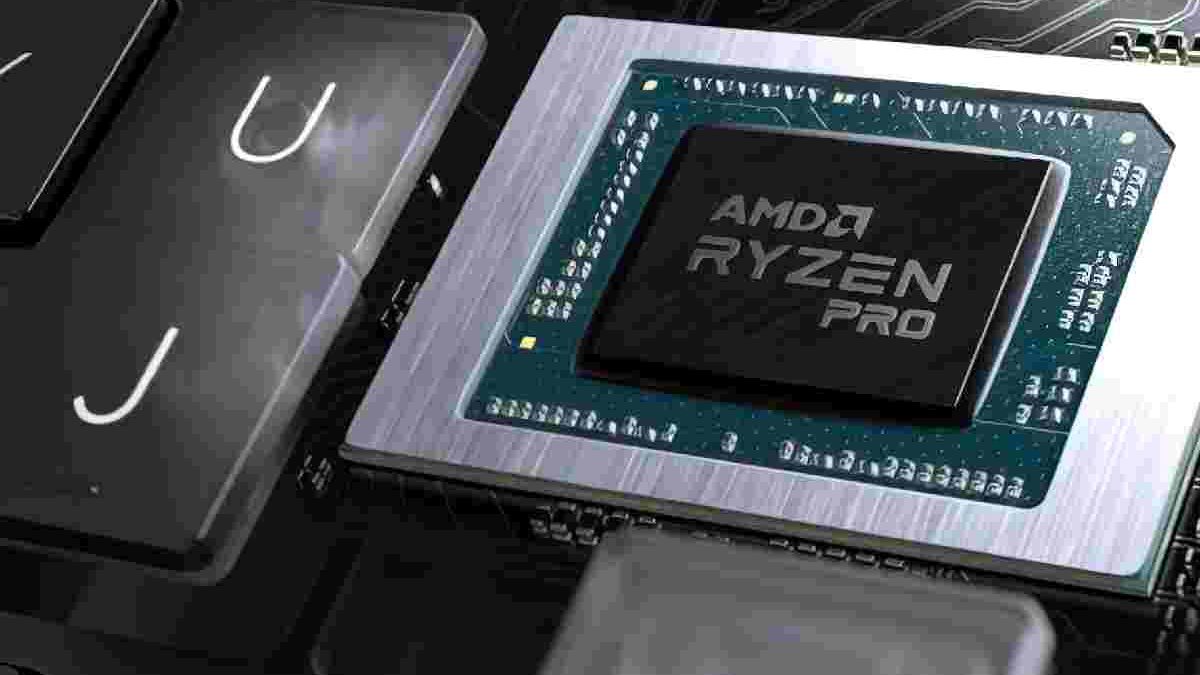Table of Contents
APU
Since January 2011, the term APU has defined a class of processors developed by the manufacturer AMD. Processors set to this day are parallel to the typical ranges of desktop processors. And while they have never been considered beautiful models for enthusiasts. These processors play a reasonably significant role within the ecosystem of hardware processors for both desktops and laptops. Let’s see what characterizes an APU.
The term APU (Accelerated Processing Unit) refers to a class of AMD processors. Below the IHS, some computing cores and some graphics cores incorporate. However, these graphics cores to play with. After all, the concept of the APUs is born from the initial idea of AMD Fusion.
You might think that Intel’s Core series processors could also be called APUs. Since inside, there are also cores for computation. And bodies for graphic activities. However, there is one feature that these processors lack. They do not have HSA architecture (Heterogeneous System Architecture). This architecture allows the compute cores to share data directly with the graphics cores. Or that the graphics cores use to perform calculation operations.
In short, the use of HSA dramatically simplifies the number of steps that must take to complete instruction in an APU. As a result, it allows the processor to better service system resources.
APUs have Always been Considered low-End Processors
Of course, one of the significant advantages of AMD APUs is their ability to used as mixed-use processors. And with pretty decent performance, we must add. Indeed, the computing cores usually used are not the most powerful of AMD. But the union of these, jointly with its integrated graphics card, allows you to create very content consumer equipment. And they don’t require large heatsinks to work.
But, precisely because of this same fact of the computing cores. Plus, the use of graphics cores has cut a lot of functionality. Coupled with the fact that their igapos use system RAM as VRAM. All this makes this type of processor perform as a low-end model. And so, they are usually all considered. Although with the latest revisions of the Zen architecture, they can no long be considered low-end. Rather mid-low range.
Even so, the APUs will continue to occupy the space of the low-end processors of this manufacturer. But they will still have their audience. Of course, an audience is looking for an easy system to upgrade. But that, from the first moment, it allows computing operations and playing with a virtual configuration. In which you do not have to invest a large amount of money initially.
More Versatile, but with Less Performance
For an affordable price, we get a processor with integrated graphics, but its performance in heavy tasks is much lower when compared to its brothers without igapo. In addition, in CPUs that come with integrated graphics, we often see lower clock rates, such as fewer cores than high-performance variants.
Linking with what we have discussed in the previous section, an APU can be a brilliant option for low-end or domestic equipment that is going to use for light tasks. However, it is not a good idea to buy them to play or render. It is true that the APUs have greatly improved, offering us the possibility of playing at a shallow configuration, something that was impossible before. However, they are still far from providing decent performance for complicated tasks.
If you use the PC to play games, work videos or some purpose related to AI, we recommend that you go for more powerful processors and dedicated graphics cards. On the contrary, they save us the consumption of a dedicated GPU, and they do not get boiling and bring an exemplary configuration of cores and threads (which in Ryzen desktop CPUs does not exceed six centers and 12 lines).
On the other hand, we cannot forget that the Microsoft Xbox One and Sony PlayStation 4 consoles have APUs inside. These APUs are variations of the Jaguar custom architecture. Along with a custom implementation of the GCN architecture. As for the current generation, console APUs have evolved to feature Zen 2 CPUs alongside RDNA 2 GPUs in different configurations.
The Memory System in an APU
One of AMD’s obsessions in the evolution of APUs has been to create entirely consistent memory access between CPU and GPU, which means that the GPU can read what the CPU writes without using a DMA drive for it and vice versa. This achieves from Carrizo, where they added units that allowed the data coherence of the GPU caches with the CPU space.
What are the Differences Between an APU and an SoC?
Although APU is a brand used exclusively by AMD, it operates by them as a way to differentiate a complete SoC from an APU. What do we mean by the entire SoC? They are those that have within a chipset for I/O peripherals. Usually small compared to that of the motherboard.
AMD began to integrate these chipsets for I/O or Southbridges within the AMD Carrizo; since then, all AMD APUs have been combined and are considered more SoCs and not APUs as they have full functionality. Although they use as a marketing word today, they use interchangeably when referring to SoCs.
Conclusion
APU is nothing more than a vocabulary that AMD pulled out of its sleeve a few years ago, which has remained to this day, but even AMD itself has abandoned.

